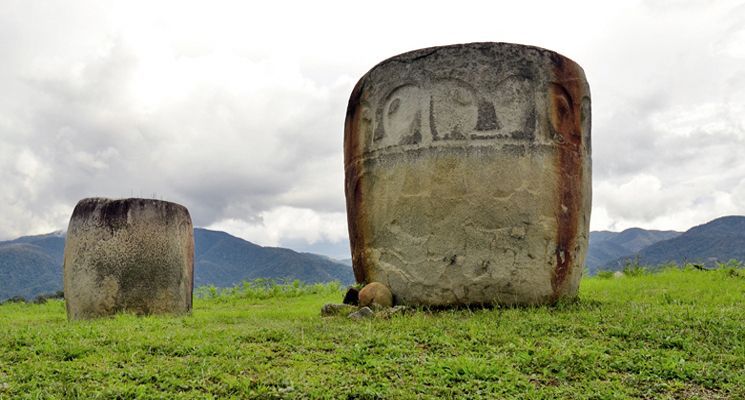The Anthropomorphic Megaliths Of Bada Valley
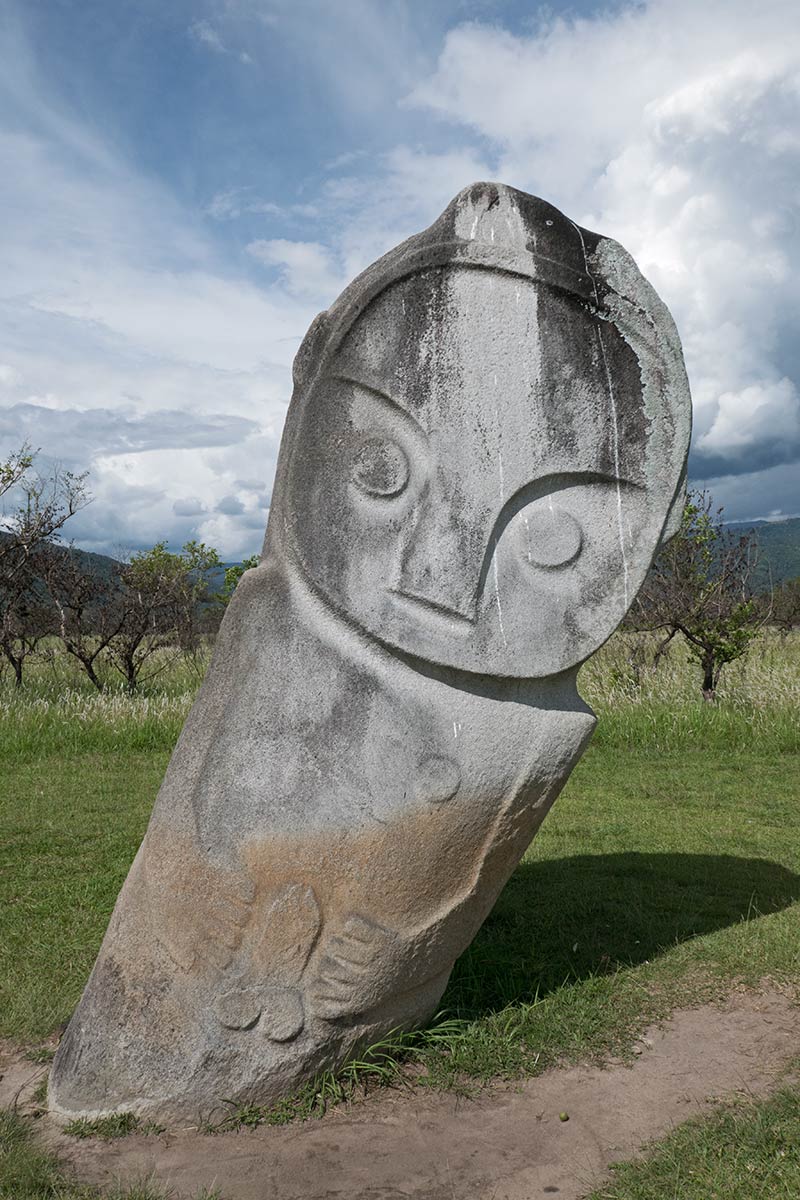
The Bada Valley is located in Indonesia, on the island of Sulawesi and within the Lore Lindu National Park.
Across the valley, between one side of the Sungai Lariang River and the other, there are about 400 megaliths, although some sources say they are even more than a thousand.
The modern history of the megaliths of the Bada Valley begins with their discovery in 1908, and their archaeological importance was recognized.
Until that moment, rice farmers had limited themselves to walking around it, and the stories about their origins were and are still part of their folklore.
There are barely thirty anthropomorphic menhirs, and at first glance they remind of the Moai of Easter Island.
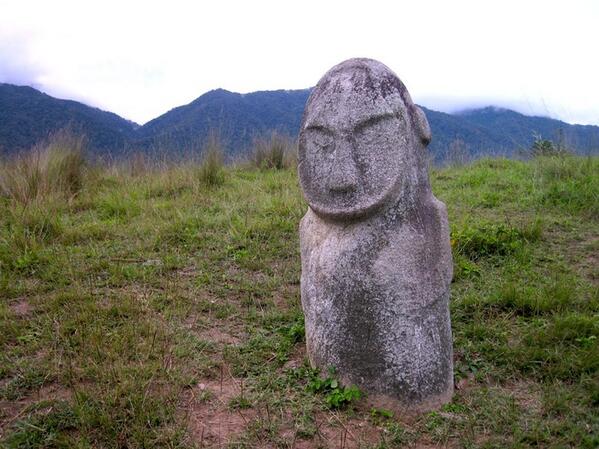
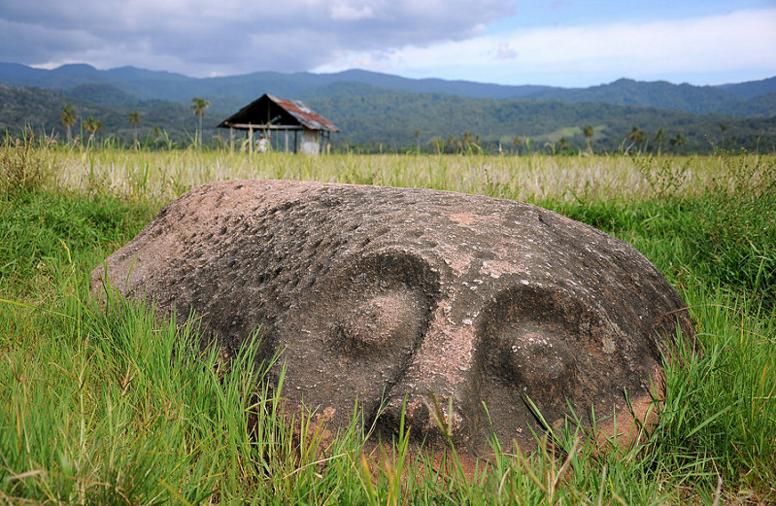
The Megalithic Marvels of Bada Valley: Mysteries Carved in Stone
The Bada Valley, nestled in Central Sulawesi, Indonesia, is a serene, lush landscape shrouded in mystery. Scattered across the valley are enigmatic megaliths and anthropomorphic statues that have captivated archaeologists, historians, and adventurers for decades. These relics, estimated to be at least 5,000 years old, pose more questions than answers. Their origins, creators, and purposes remain elusive, sparking theories that stretch from the plausible to the extraordinary. A comparative lens reveals intriguing parallels with the statues of Göbekli Tepe in Turkey, while local features like the kalambas add a unique dimension to the mystery.
A Comparison with Göbekli Tepe
The anthropomorphic megalithic statues of Bada Valley share surprising similarities with the monumental carvings at Göbekli Tepe, a site in southeastern Turkey dating back over 11,000 years. Both sets of artifacts display a sophisticated understanding of human and symbolic representation, with detailed carvings that defy the technological limitations traditionally associated with their eras.
At Göbekli Tepe, T-shaped pillars bear intricate animal motifs and human-like forms, hinting at ritualistic or spiritual significance. In Bada Valley, the statues often depict human figures with distinct features, such as faces, arms, and sometimes genitalia, suggesting a link to ancestral worship or commemorative practices. The scale and craftsmanship of these artifacts at both sites point to advanced cultural practices, yet neither location provides evidence of permanent settlements from their respective eras. This absence deepens the enigma: who built these monuments, and where did they live?
The Kalambas: Giant Vessels of Mystery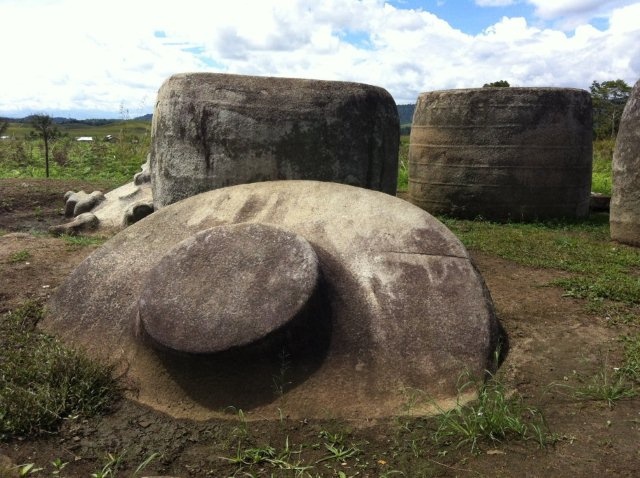
Among Bada Valley’s stone treasures, the kalambas are especially intriguing. These massive cylindrical stone containers, often accompanied by ornate lids, are unlike any other artifacts in Southeast Asia. The lids feature intricate carvings of geometric patterns and occasionally anthropomorphic designs, suggesting ceremonial or symbolic purposes. Some speculate that the kalambas were used for funerary rituals, serving as sarcophagi or ossuaries.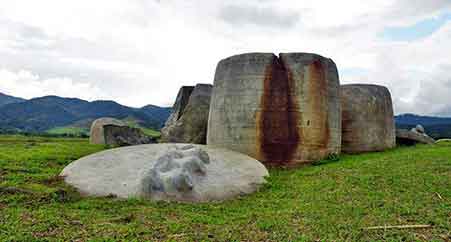
What sets the kalambas apart is their sheer size and craftsmanship. Transporting and shaping these stones would have required advanced tools and techniques, yet no such tools have been discovered on the island. This absence challenges conventional narratives of prehistoric technology and leaves the true purpose of the kalambas an unsolved riddle.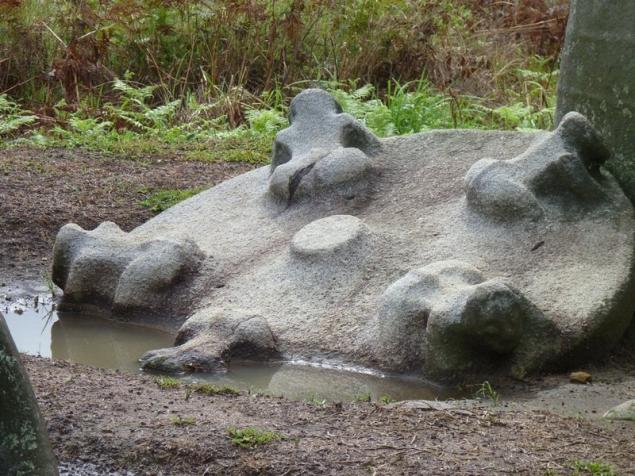
A Land Without Settlements
Adding to the mystery of Bada Valley is the striking absence of settlements from the suggested era of the artifacts. Archaeological surveys have yet to uncover any evidence of habitation on Sulawesi dating back 5,000 years, a period that aligns with the tentative dating of the megaliths. If these monuments were not the product of local communities, who built them?
The lack of tools, pottery, or other cultural debris compounds the enigma. Without these, reconstructing the societal context of the Bada Valley megaliths becomes nearly impossible. This absence has fueled alternative theories that place the origin of these structures far outside the framework of conventional history.
Theories of Martin Gray and Sundaland
One of the more provocative theories comes from researcher Martin Gray, who suggests that the megaliths of Bada Valley may date back to a time long before the last Ice Age, potentially over 12,000 years ago. According to Gray, the monuments might be remnants of Sundaland, a now-submerged landmass that connected much of Southeast Asia during the Pleistocene epoch.
Gray posits that advanced civilizations may have thrived in Sundaland before rising sea levels submerged the continent. The megaliths, in this view, are relics of a lost world, constructed by a people with sophisticated knowledge of engineering and cosmology. This theory draws parallels with other submerged archaeological sites around the world, such as those off the coasts of India and Japan, suggesting a global narrative of lost prehistoric civilizations.
The Enigmatic Legacy of Bada Valley
The megaliths and kalambas of Bada Valley stand as silent witnesses to a forgotten era, defying easy classification and understanding. They challenge our assumptions about the capabilities of ancient peoples and their motivations for creating such monumental works.
As researchers continue to explore these relics, Bada Valley offers a tantalizing glimpse into humanity’s deep past, one that may eventually rewrite the story of human civilization. Whether connected to local traditions, global prehistory, or the mythical Sundaland, these megaliths invite us to ponder the ingenuity and mystery of our ancient ancestors.
